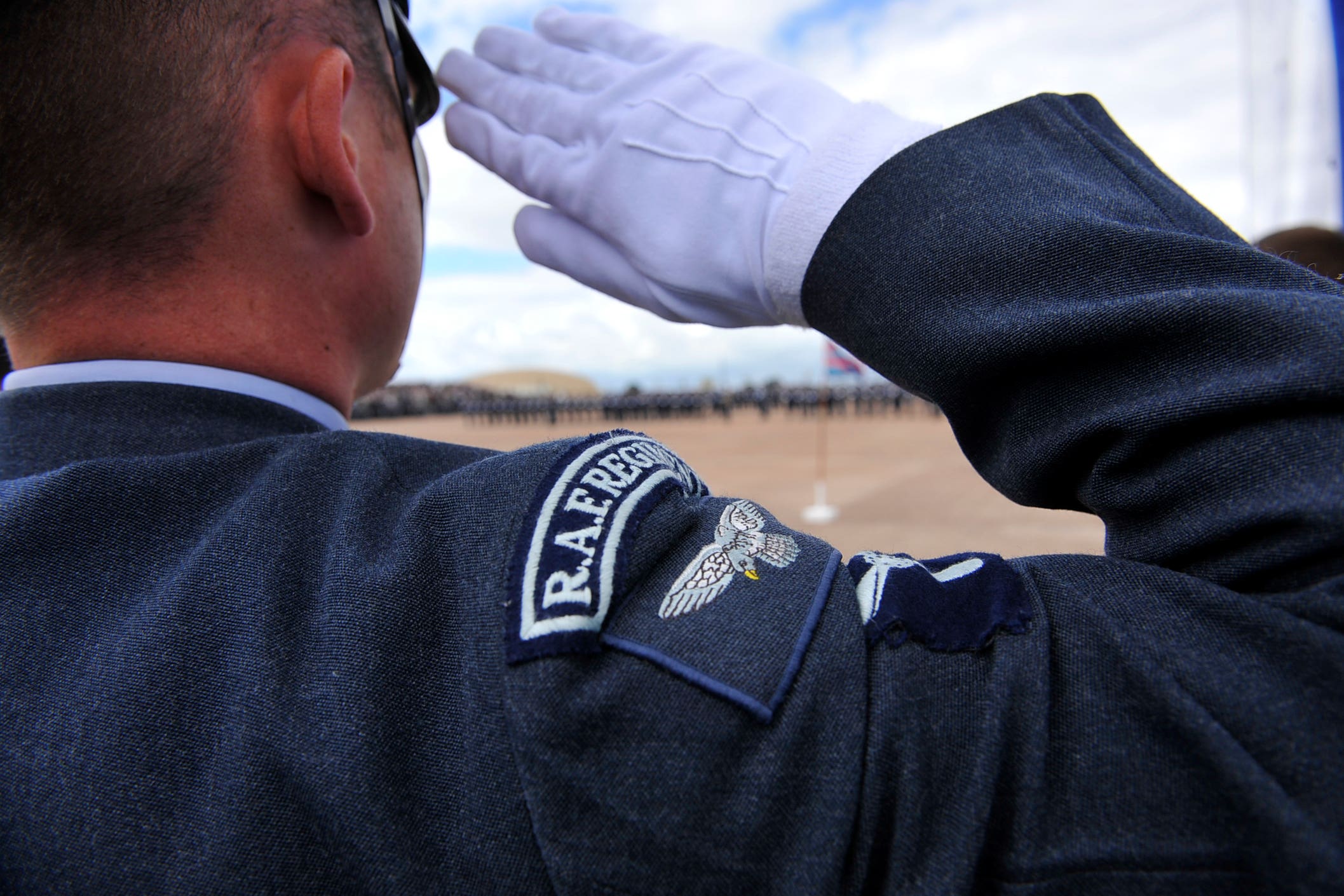One in 25 adults in England and Wales served in armed forces, 2021 figures show
Data collected last year showed 1.85 million people in England and Wales had previously served in the UK armed forces.

Your support helps us to tell the story
From reproductive rights to climate change to Big Tech, The Independent is on the ground when the story is developing. Whether it's investigating the financials of Elon Musk's pro-Trump PAC or producing our latest documentary, 'The A Word', which shines a light on the American women fighting for reproductive rights, we know how important it is to parse out the facts from the messaging.
At such a critical moment in US history, we need reporters on the ground. Your donation allows us to keep sending journalists to speak to both sides of the story.
The Independent is trusted by Americans across the entire political spectrum. And unlike many other quality news outlets, we choose not to lock Americans out of our reporting and analysis with paywalls. We believe quality journalism should be available to everyone, paid for by those who can afford it.
Your support makes all the difference.Almost one in 25 adults in England and Wales was a veteran of the UK armed forces in 2021, figures show.
For the first time, the Office for National Statistics (ONS) collected census information on the veterans’ population who have either previously served in the regular forces, reserve forces, or both.
Data collected last year showed 1.85 million people in England and Wales had served.
The local authorities with the highest proportion of veterans include Gosport (12.5%), North Kesteven (10.2%) and Richmondshire (9.5%) in England, and Conwy (5.9%) in Wales.
The regions with the highest proportion of veterans were the South West (317,000) and the North East (109,000).
These regions also had the highest percentage of households with at least one veteran (247,000 in the South West; 104,000 in the North East).
London had both the lowest proportion of UK armed forces veterans (101,000) and the lowest proportion of households with at least one veteran (96,000).
National statistician Sir Ian Diamond said: “For the first time our data is able to show the vast scale of our armed forces community, which is vital information to help direct support and services where they are needed most.
“Perhaps unsurprisingly a large proportion of our veterans live or are located near military establishments, suggesting they tend to stay in the same areas after they have left service.”
The ONS and the Office for Veterans’ Affairs also launched a new dedicated survey to collect feedback from veterans across the UK.
Sir Ian added: “Responses to the survey will help us better understand the experiences, needs and wellbeing of our veteran community and to guide future action.
“It is important we hear a wide range of views.”
Minister for Veterans’ Affairs Johnny Mercer said: “The Government is committed to making the UK the best place in the world for all our veterans.
“But we won’t achieve that without knowing how many veterans there are, where they are and what challenges they face.
“Now we know, and I urge all UK veterans to support by completing our new veterans survey so we can tailor our support and better serve our former armed forces and their communities.”
Charles Byrne, director general of the Royal British Legion, said: “This data will transform our understanding of the veteran population and enable public and voluntary service providers to deliver the best care and support for our armed forces community where it is needed most.
“It will surprise many people to learn that, until today, nobody knew exactly how many veterans there were in England and Wales or where they lived.”